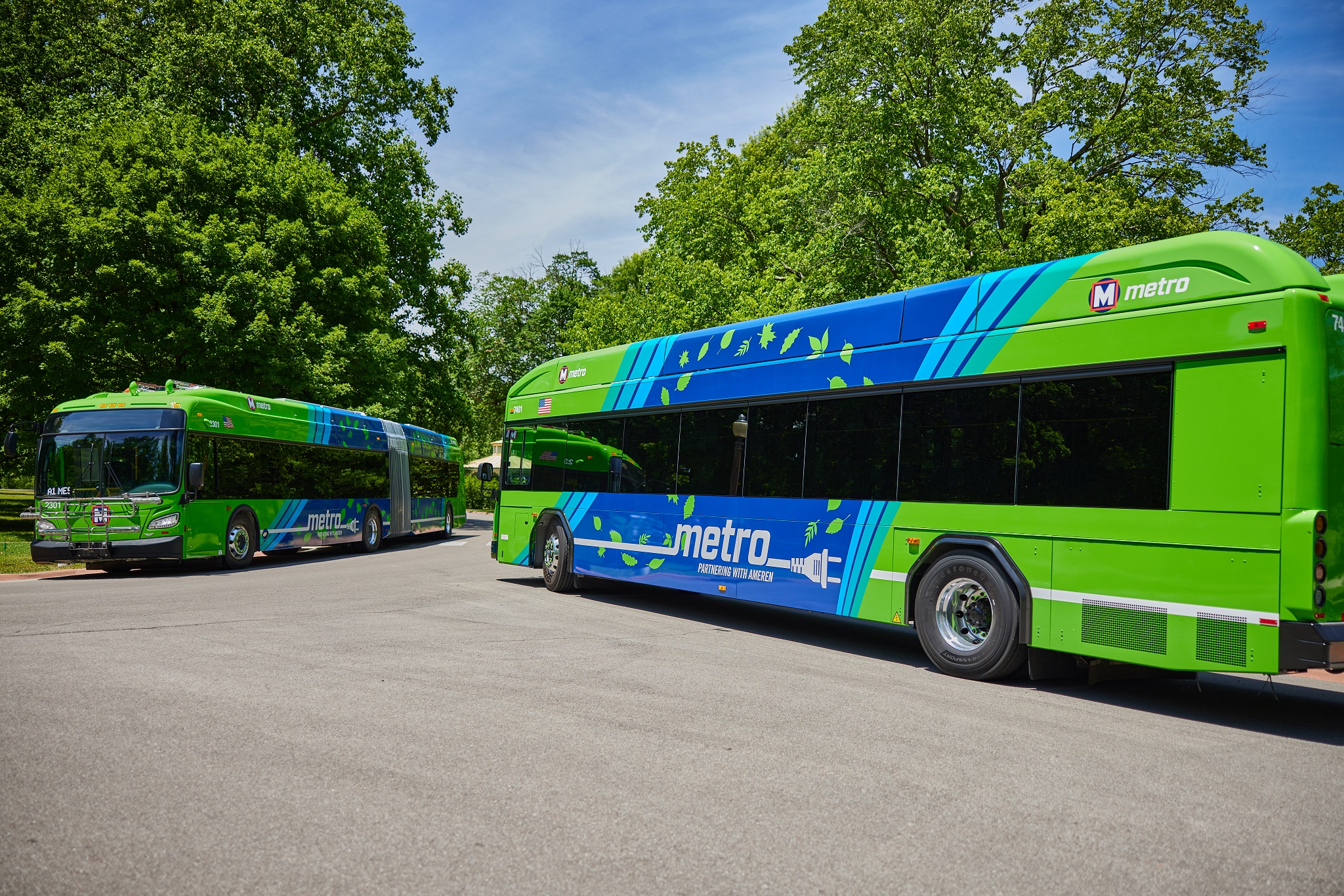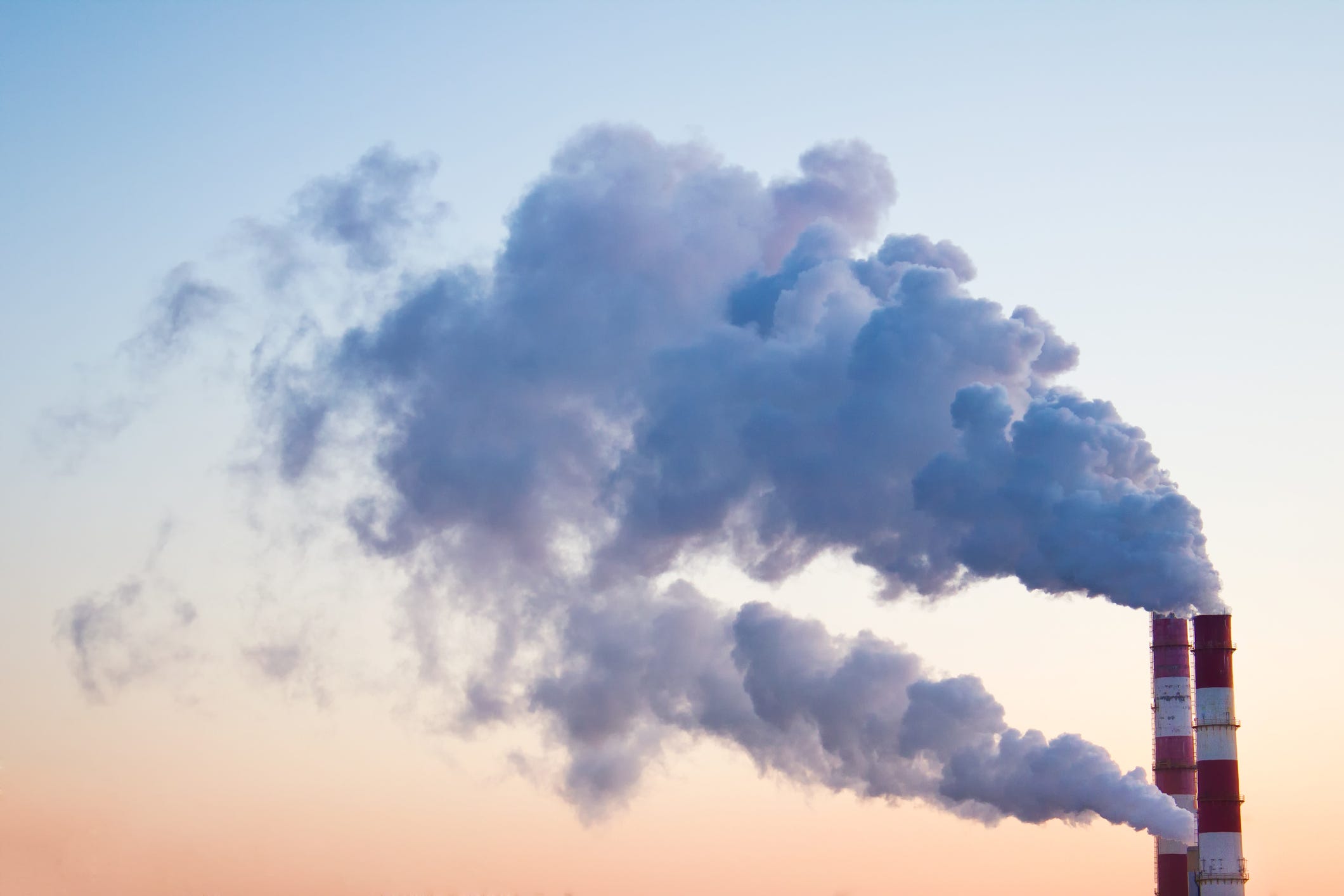Even though summer is winding down, the St. Louis metropolitan area continues to experience sizzling summer temperatures, meaning the importance of keeping the region’s air clean remains high. Thanks to various local organizations and municipalities that have worked hard to better the environment and create a sustainable way of life, the Clean Air Partnership is pleased to recognize the Village of Godfrey for prioritizing environmentally conscious purchases and practices that help to enhance the community and benefit the region’s air quality.
Founded in 1991, the Village of Godfrey is one of Illinois’ newest municipalities and has been rapidly developing in recent years. Utilizing the flourishing area in ways that focus on sustainability is a top priority for both the leaders and residents of Godfrey. In 2020, the Village of Godfrey earned the esteemed Award of Achievement for their work in the St. Louis Green Cities Challenge, a program of the Missouri Botanical Garden. As a returning Challenge participant, Godfrey and eight other local Green Cities worked with a menu of fundamental sustainability policy and action options geared toward greening municipal business operations, including various resources to educate and engage residents.
Among their eco-friendly innovations to receive recognition in the Challenge was the recent move toward more responsible management of the village’s waste and emissions. In partnership with Madison County, the Village of Godfrey planned and executed an E-cycle event that granted residents the opportunity to recycle their electronic products no longer in use. When these electronics are not recycled, they release harmful chemicals into the environment that, according to the U.S. Environmental Protection Agency (EPA), account for approximately 70% of all toxic waste and represent 2% of the nation’s trash in landfills. Furthermore, Village Hall significantly reduced its paper waste by utilizing the electronic meeting management software “Board Docs” for paperless notes.
Transitioning to the use of renewable energy wherever possible is another way the community vows to reduce their overall environmental footprint. As a municipal sponsor of the Grow Solar Metro East program, the Village of Godfrey’s Climate Protection and Energy Efficiency Committee provides financial assistance in order to ensure significant discounts that make installing solar simple and more affordable for local property owners. During the 2020 Challenge, new solar panels were installed at Glazebrook Park, in addition to a solar ordinance being passed in the village to serve as a guide for the local government to support and encourage the development of solar energy systems. To further conserve energy, the village also updated its stormwater ordinance to include green infrastructure solutions and implemented zone scheduling street department projects to save on fuel and cut down on harmful greenhouse gas emissions.
For additional information on the sustainable efforts underway by the Village of Godfrey and how your municipality can get involved in the Challenge, subscribe to the bi-monthly E-Newsletter or visit www.stlouisgreenchallenge.com. To learn more about the link between sustainability and air quality, explore our website, like us on Facebook or follow us on Twitter at @gatewaycleanair.



